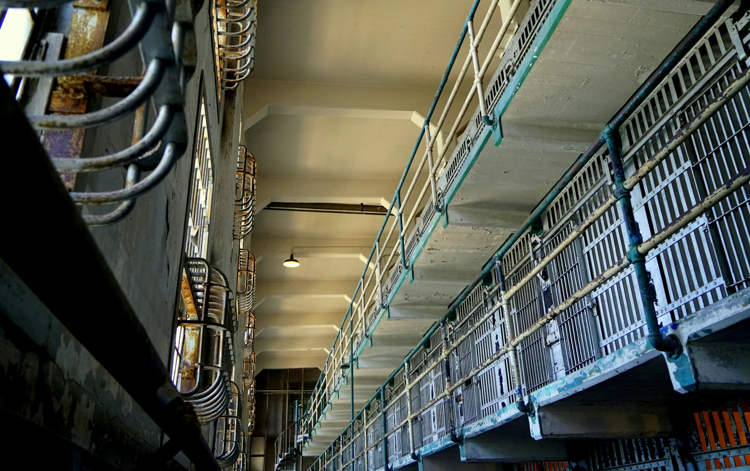If you’ve always dreamed about an epic trip around the world, and have more money that you know what to do with, you might be interested in this offer from experiential travel boutique DreamMaker – a 20-day luxury tour of 20 cities across the globe for you and 49 of your closest friends, at the modest price of $13,875,000.
As you can probably imagine, this isn’t just another trip around the world, but an ultra-luxurious experience designed for a splurging billionaire and his entourage. So what can you expect from a $14 million trip. Well, first of all the ultra rich client will be flying between the 20 cities on the itinerary in a private Boeing 767 jet, while his 49 family and friends follow in their very own Boeing Business Jet. That makes a lot of sense, we don’t want these guys feeling crowded on what’s supposed to be the trip of a lifetime, right? Anyway, DreamMaker claims that the lucky group will only be spending 12% of the time in the air and 88% on the ground, but they want to make every moment as pleasant as possible. So they’ve prepared a variety of in-flight surprises.
Dubbed ‘Experiental Aviation’, the time spent on board the two luxury jets is described as “the pinnacle of private aviation.” To ensure that everyone’s needs are catered to in a timely and professional fashion, the guest to staff ratio will be one on one, with a host of 50 other professionals – all experts in their respective fields – eager to make your flight as pleasant as possible. A master sommelier will treat guests to the world’s finest wines, a yoga instructor will conduct in-flight yoga sessions to help everyone relax, and renowned hypnotherapist April Norris has apparently been commissioned to develop “a holistic program that integrates cutting-edge wearable sleep technology with alternative wellness techniques such as hypnotherapy, Reiki healing, Ayurvedic medicine and acupuncture.”
 Read More »
Read More »

















